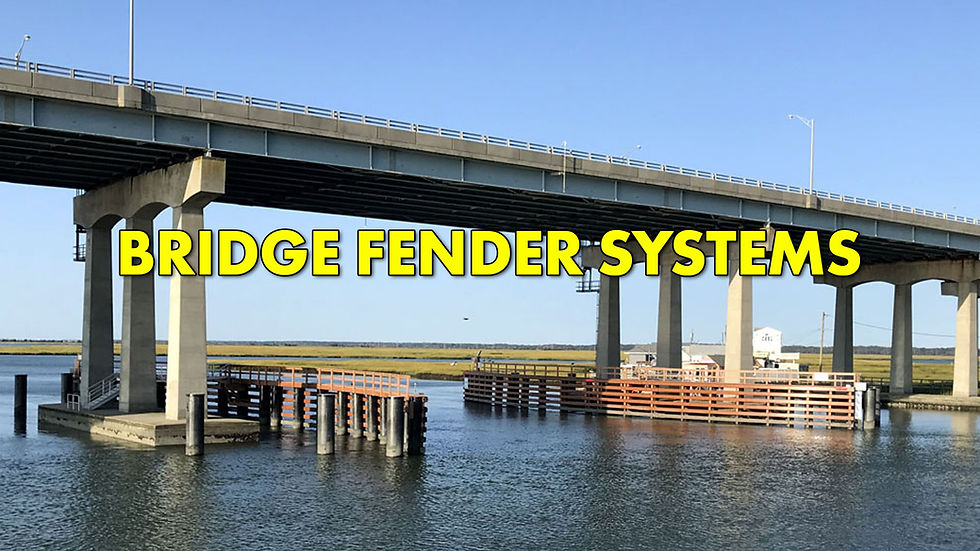Understanding the Heavy Wall Steel Pipe Industry: Key Terms, Welds, Coatings, and Manufacturing Processes | Heavy Wall Steel Pipe Guide
- DK Tanks & Pipe

- Aug 21, 2024
- 3 min read

At DK Tanks & Pipe, we recognize that our customers come from a wide variety of industries, each with unique needs and levels of familiarity with the terminology and processes used in the heavy wall steel pipe industry. To better serve all our customers, this blog post serves as a comprehensive Heavy Wall Steel Pipe Guide, aiming to clarify some key terms and concepts that are fundamental to understanding our products. We'll cover pipe thicknesses, manufacturing processes, weld types, and coatings.
Pipe Thicknesses: What Do the Numbers Mean?
When discussing pipe thickness, you may come across terms like "standard wall" or specific schedules such as "schedule 40" or "schedule 80." In the pipe industry, "standard wall" typically refers to a thickness of 0.375 inches. However, at DK Tanks & Pipe, we stock pipes in a range of thicknesses that cater to various applications. Here's a breakdown of some common thicknesses:
0.125 inches: This thickness is often used for lighter applications where weight and cost are critical factors.
0.250 inches (1/4 inch): A step up in durability, this thickness is frequently used in structural applications and in settings where moderate strength is needed.
0.375 inches (3/8 inch): The standard wall thickness, offering a good balance of strength and versatility, making it suitable for a wide range of applications.
0.500 inches (1/2 inch): This thickness is chosen for heavy-duty applications requiring enhanced durability and the ability to withstand higher pressures and loads.
Understanding these thicknesses helps in selecting the right pipe for your specific needs, whether you're in construction, oil and gas, or another industry.
How Pipe is Formed: Straight Seam vs. Spiral Seam
The process by which steel pipe is formed plays a crucial role in its performance characteristics. Two common methods are used: Straight Seam and Spiral Seam.
Straight Seam Welded Pipes: These pipes are manufactured by bending a sheet of steel into a cylindrical shape and welding it longitudinally along the seam. The weld can be either Submerged Arc Welded (SAW) or Double-Submerged Arc Welded (DSAW). Boring companies, for instance, often prefer straight seam pipes due to their straightforward manufacturing process and the strong, consistent weld they provide.
Spiral Seam Welded Pipes: In this method, hot-rolled strip steel is spirally bent and welded along the seam, resulting in a weld length that is 30-100% longer than that of straight seam pipes. Spiral seam pipes are commonly used in large diameter applications and are also available as DSAW. This method may also be referred to as Helical Submerged Arc Welded (HSAW).
Coating Options: Protecting Your Investment
Coatings are essential for protecting steel pipes from corrosion and wear, especially in harsh environments. At DK Tanks & Pipe, we offer a range of coating options to suit various applications:
Internal and External Powder (FBE) Epoxy: Fusion Bonded Epoxy (FBE) is commonly used to protect pipes from corrosion. It’s applied as a powder and then cured to form a tough, durable coating.
Liquid Epoxy & PU (Polyurethane) Coatings: These coatings provide excellent resistance to chemicals, abrasion, and impacts. They are often used in environments where the pipe will be exposed to harsh chemicals or high wear conditions.
PE (Polyethylene) Coatings: PE coatings are highly resistant to environmental stress cracking and provide a strong barrier against corrosion, making them ideal for underground or underwater applications.

Pipe Ends: Torch Cut and Beveled Ends
The ends of the pipe are just as important as the pipe itself, especially when it comes to fitting and welding in the field. The most common end types we offer are:
Torch Cut Ends: A basic, versatile option suitable for many applications.
Torch Cut Square Ends: These ends provide a clean, square cut, making them easier to align during installation.
Beveled Ends: Often referred to as beveled ends, these are prepared for welding, allowing for a stronger, more secure joint in the final installation.
Conclusion: A Wide Variety of Options to Meet Your Needs
With a deep understanding of the various terms, weld types, coatings, and manufacturing processes involved in heavy wall steel pipe production, you can make more informed decisions for your projects. Whether you're looking for a specific pipe thickness, a particular weld type, or a specialized coating, DK Tanks & Pipe offers a wide variety of options to meet your needs. Our goal is to provide you with the best products and services, tailored to your specific requirements.
If you have any questions or need further assistance, feel free to reach out to us. We're here to help!






Comments